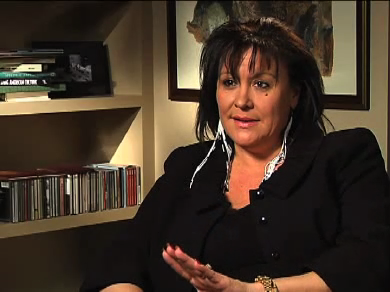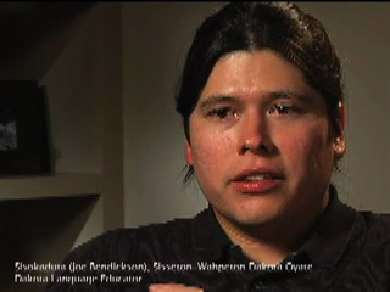Mississippi River
The Dakota people called the Mississippi River ‘Haha Wakpa,’ which means ‘river of the falls’ and also Wakpa Tanka, Great River. Dakota people have lived along the Mississippi and Minnesota Rivers for a very long time. Where the two rivers meet is the place where many say the Dakota people began.
For centuries the Dakota people held international “trade fairs” near present-day Blue Earth, Minnesota, and participated in other trade fairs in Wisconsin, Michigan and further. Wakpa was an important transportation route in trade networks that brought Dakota people into contact with many other nations. Since white settlement, the Mississippi has, of course, kept its importance in trade. It is one of many Indian trade routes that were adapted by white people, as you can see from the map in the right sidebar of railroads and highways in Minnesota.
In addition to trade, rivers have been important sources of food, and of communication with the physical and spiritual worlds. To learn more about historic and current relationship of Dakota people and the Mississippi River, listen to the 24 minute audio, “Cloudy Waters” available to the right. This is the primary audio of the Minnesota Historical Society exhibit/installation, “Cloudy Waters; Dakota Reflections on the River.” You will hear Dakota voices relaying historical and personal stories and experiences with the river. This audio piece is installed permanently in the Mill City Museum Ruins Courtyard near St. Anthony Falls on the riverfront in downtown Minneapolis.
Share your experiences, stories you know and things you have learned about the Dakota people and the Mississippi River by visiting Your Stories.


